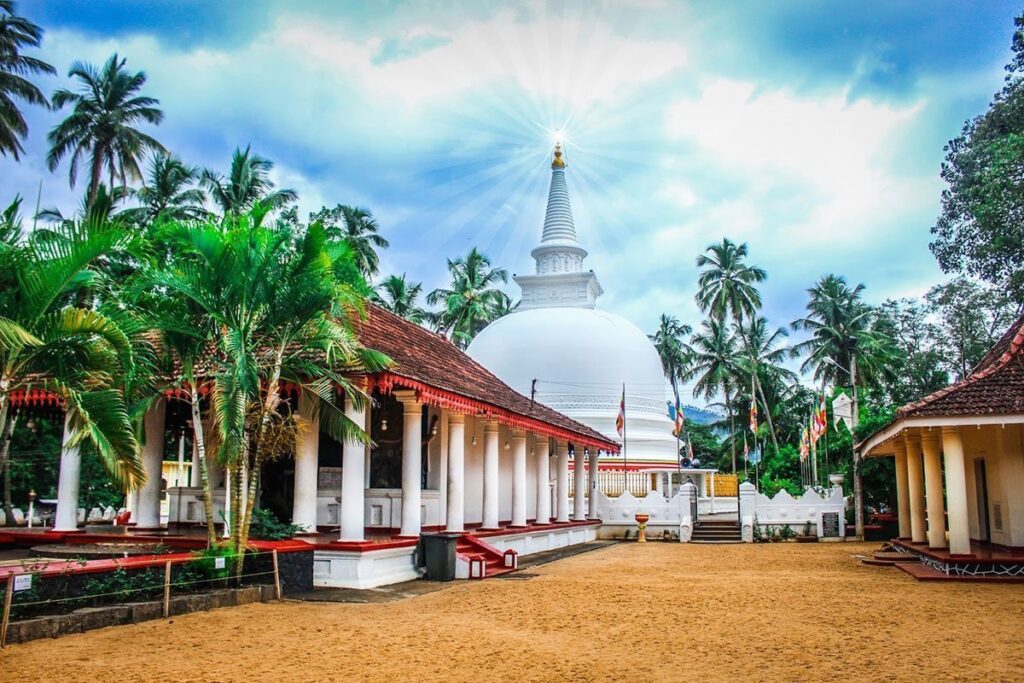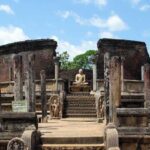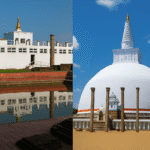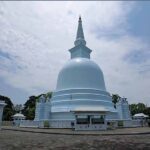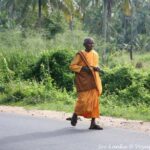As found in several Buddhist texts and traditions (especially Mahavamsa and commentaries):
- The Naga King Maniakkhitha of Kelaniya (Sri Lanka) traveled to Jethavanarama (often assumed today to be in India) to invite the Buddha to visit Lanka for the third time.
- It is said that:
- He traveled and returned within a single day
- Buddha accepted the invitation and came the very next day
Primary References
1. Mahavansa (The Great Chronicle of Sri Lanka) – Chapter I
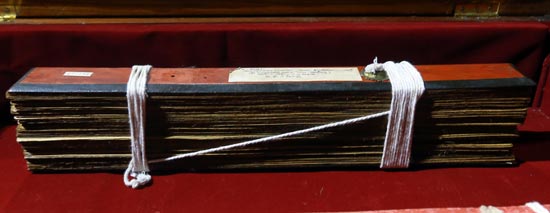
Disclaimer: Image sourced via Google Images. All rights belong to the respective copyright holders. If you are the owner of this image and would like it removed or properly credited, please contact us.
- The Mahavamsa explicitly records three visits of the Buddha to Sri Lanka.
- The third visit occurs at the invitation of Naga King Maniakkhitha of Kelaniya.
Mahavansa, Chapter 1, Verses 77–86
“When the Blessed One, the conqueror, the compassionate teacher, who brings deliverance from suffering, dwelt at Jetavana Monastery in the city of Savatthi, the Naga king Maniakkhitha of Kelaniya, who had faith in the Buddha, came and invited the Blessed One to visit Lanka once more.”
⮕ The same chapter describes how the Buddha arrives the next day, accompanied by 500 arahants.
2. Samantapasadika Commentary (on the Vinaya Pitaka)
- This Pali commentary reaffirms the location of Maniakkhitha’s origin in Kelaniya, Lanka, and that the visit was the third by the Buddha to the island.
“At the request of the Naga king Maniakkhitha, the Buddha came to Lanka a third time and preached the doctrine.”
This strengthens the idea that Maniakkhitha’s invitation and the Buddha’s prompt response happened over a short and feasible distance, not across the Indian subcontinent.
Read: What If Kelaniya Was in Ruhuna?
Why This Makes the Indian Location Impossible
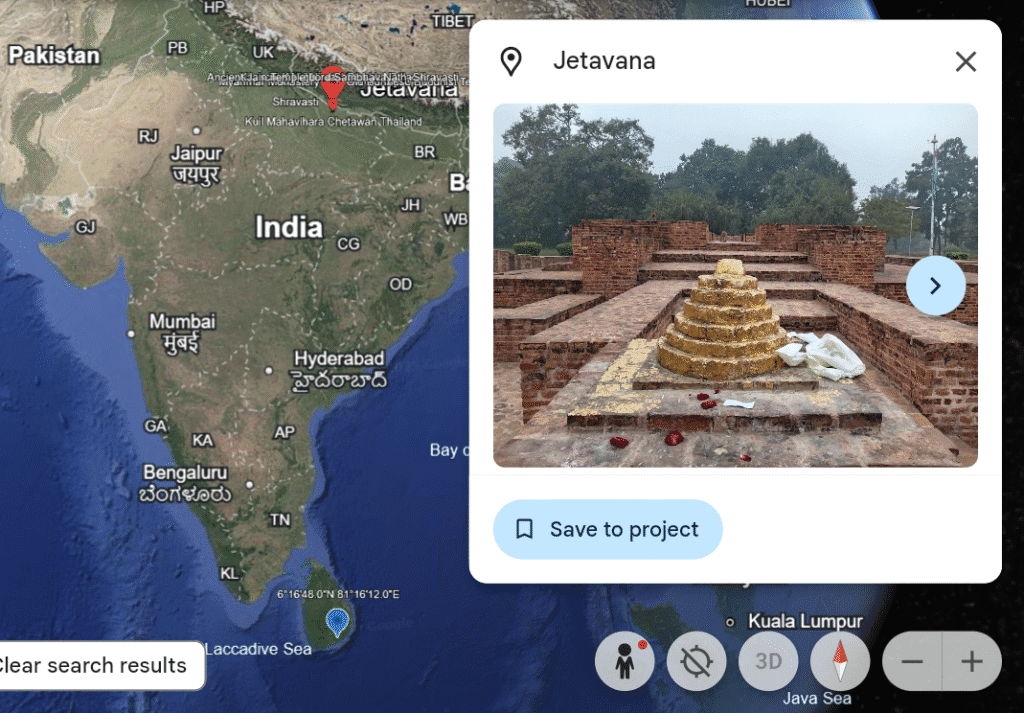
If Jethavanarama was in Sravasti, India (as claimed today), here’s the problem:
| Travel Point | Approx. Distance | Mode | Estimated Time |
|---|---|---|---|
| Kelaniya → Sravasti (India) | ~2,200 km | Even flying today = 4+ hrs, or weeks walking | Impossible in 1 day |
So for a Naga king to go there and return in one day? Not possible.
Unless…
What If Jethavanarama Was in Sri Lanka?
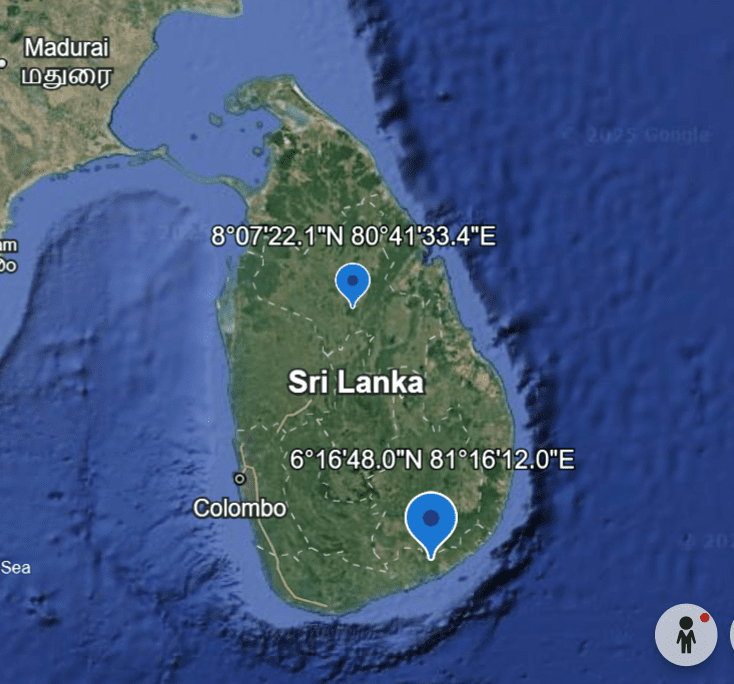
If Jethavanarama was actually located in Lanka — such as Ritigala, which has ruins, healing herbs, caves, and ancient monastery relics — then:
- Maniakkhitha could easily travel back and forth within a day.
- Buddha’s visit the next day would also be logistically possible.
- The entire timeline, terrain, and story makes perfect sense.
What This Suggests
✅ The story was originally rooted in Lanka
✅ Jethavanarama was a real site in Lanka, not India
✅ The Indian location was possibly mistranslated or relocated by later chroniclers, monks, or colonial scholars
Interpretive Analysis
The “Jetavana” in Indian tradition refers to a large monastery gifted by Anathapindika in Sravasti. However:
- It’s possible that Jetavana was a title used in multiple places, as Sri Lanka has a Jethawanarama monastery in Anuradhapura built much later but possibly echoing an older sacred site.
- Some scholars and monks believe Ritigala or a now-lost forest monastery in Lanka may have originally borne this name during the Buddha’s time.
Final Thought:
The story of Maniakkhitha isn’t just mythology — it’s a built-in timestamp and distance marker. And it proves, by its own logic, that the locations must have been much closer together, most likely within Sri Lanka.
